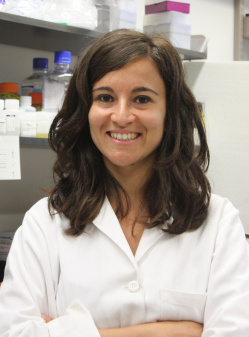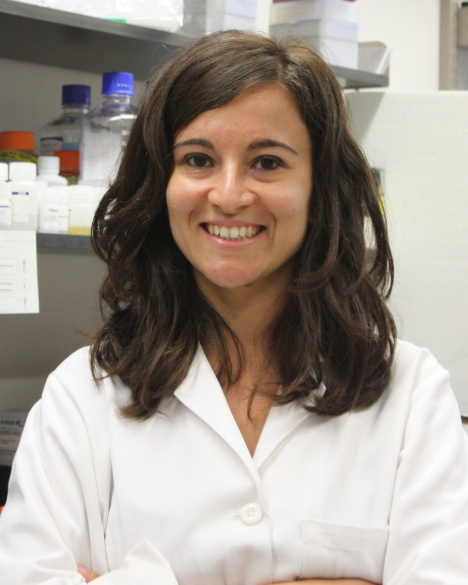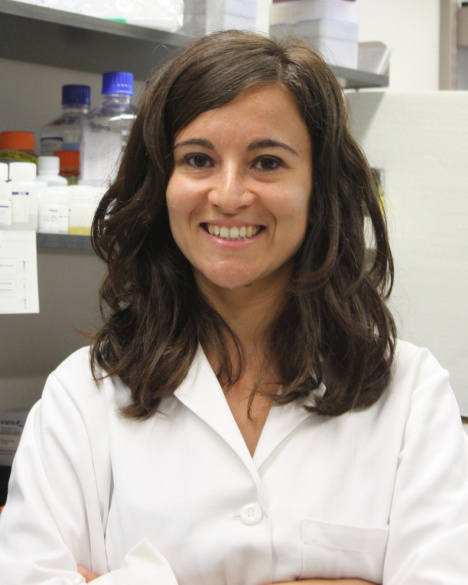Sara Zaccara
Titles
Assistant Professor, Department of Systems Biology
Website
Sara Zaccara is an Assistant Professor in the Department of Systems Biology, where she works in the field of m6A epitranscriptomics, a recently discovered post-transcriptional mechanism to control gene expression. Dr. Zaccara overturned long-held beliefs in the m6A field by proposing a unified model of how m6A mRNAs are controlled in cells with a paradigm-shifting study published in Cell in 2020, on which she is the sole author apart from her post-doc advisor. In her own lab, she plans to dissect the inner working of m6A mRNA regulation. Her lab will integrate multiple high-throughput approaches, including cutting-edge base-editing screens, massively parallel reporter assays, advanced data analysis to decipher how the dynamic regulation of critical m6A players control m6A mRNA. One of the clearest examples where m6A deregulation contributes to disease is in acute myeloid leukemia (AML). In her post-doc, Dr. Zaccara contributed to seminal publications showing that elevated m6A levels maintain AML cells in an undifferentiated blast-like state. Her lab will continue exploring the contribution to m 6 A in AML and normal hemopoiesis, with unprecedented throughput and resolution.
As RNA modifications play important roles in development, cancer, and several other human diseases, many CUIMC researchers, including Uttiya Basu (Microbiology & Immunology), Lei Ding (CSCI), Jianwen Que (Medicine), Yuefeng Huang (Microbiology & Immunology), and Xuebing Wu (Systems Biology / Medicine), have ongoing projects related to m6A modifications, will benefit from Dr. Zaccara’s expertise, and enthusiastically welcome her recruitment.
Dr. Zaccara holds an undergraduate degree in biotechnologies; she earned her Master and PhD in Biomolecular Science from Trento University. She subsequently joined the Department of Pharmacology as a Postdoctoral Research Fellow under the mentorship of Dr. Samie Jaffrey, a pioneer in m6A epitranscriptomics and a leader in the broader field of RNA biology. Her work has been instrumental in assessing the role of m6A modification in normal and disease states. Additionally, she provided substantial contributions to solve the dogma of why the number of m6A sites in cellular mRNAs has functional consequences on mRNA fate. She applied her interdisciplinary skills in the development of a fully genetically-encoded technology to image RNAs. She joined the Columbia Faculty in 2022



